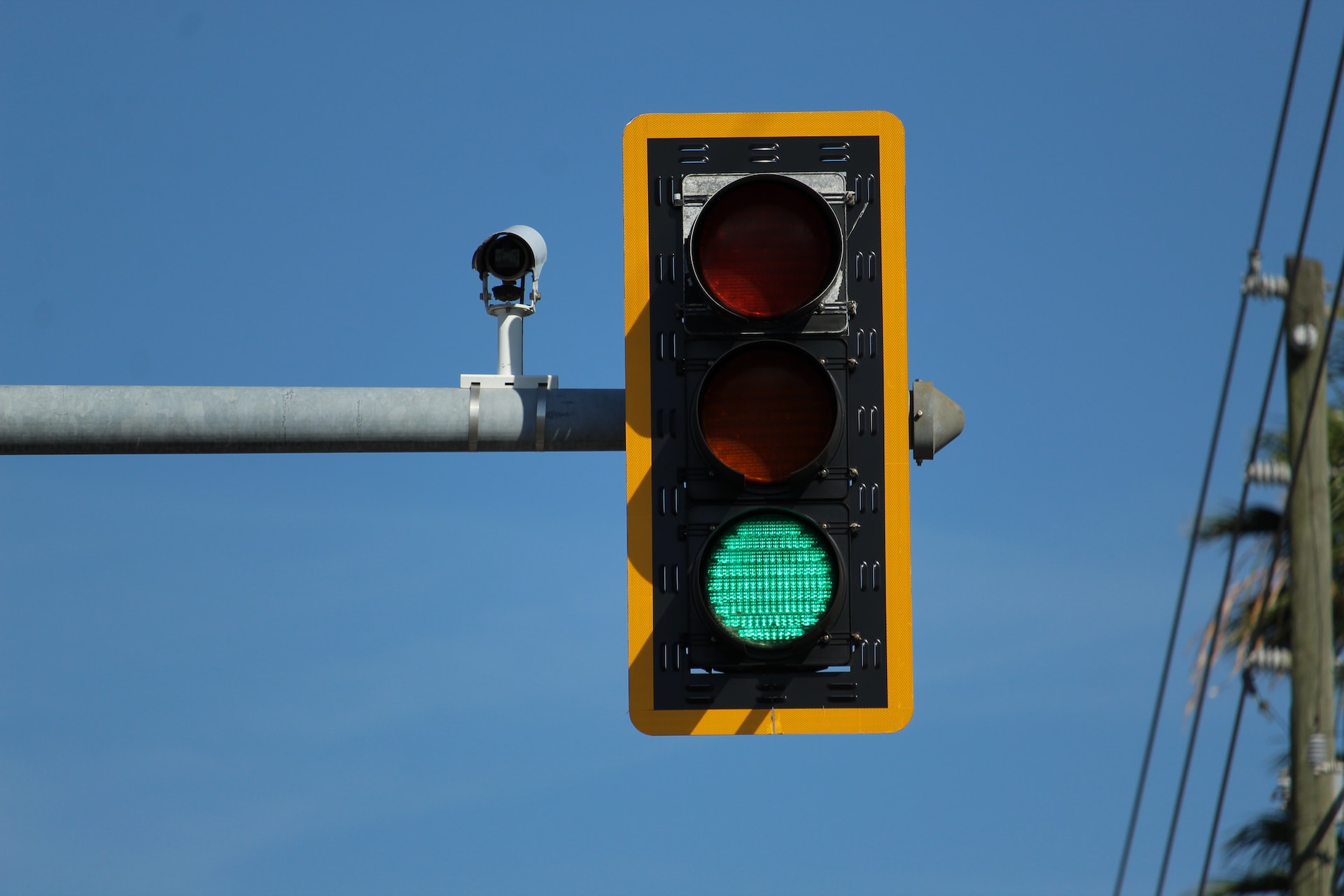
The Science of Traffic Light Signals: How They Keep Us Safe on the Road
Have you ever stopped at a red light and wondered about the science behind traffic signals? Believe it or not, there is more to those colorful lights than just telling us when to stop and go. The intricate system of traffic lights plays a crucial role in keeping us safe on the road, and understanding how they work can help drivers navigate roads with confidence.
In this blog post, we’ll delve into the fascinating science of traffic signal design and explore how these signals keep us moving safely from one place to another. So, buckle up and get ready for an enlightening ride!
Introduction to Traffic Light Signals
Traffic lights are an essential part of keeping drivers safe, and you will find them on nearly all of the roads that you drive on. These traffic signal lights manufacturers do a great job in ensuring that only the highest-quality signals are operating at all times.
While they do their bit, it will be beneficial for you to understand how these signals work. This way, drivers can be better prepared to obey them and avoid accidents.
When approaching a traffic light, drivers should always be prepared to stop if the light is red. Red means stop, and proceeding through a red light is not only illegal but also dangerous. Drivers who run red lights put themselves and others at risk of an accident.
Green means go, but drivers should still use caution when proceeding. They should make sure that there are no other vehicles or pedestrians in the intersection before proceeding.
Yellow means yield or slow down. This is typically used when there is a minor change in the traffic pattern, such as a turn lane being added to the intersection. Drivers do not need to come to a complete stop unless there is traffic in the intersection, but they should definitely slow down and be prepared to stop if necessary.
History of Traffic Lights
The first traffic lights were installed in London in 1868 near the Houses of Parliament, and they were known as “gas lights.” These early traffic lights were manually operated by a police officer who would turn a knob to change the light from red to green.
Nowadays, modern systems use red, yellow, and green lights to control the flow of traffic. Most also have a pedestrian crossing signal that shows a walking person or a countdown timer to let pedestrians know when it is safe to cross the street.
This helps to ensure the continuous flow of traffic at all times on roads, highways, and for any pedestrians who are waiting to cross busy roads.
How Do Traffic Light Signals Work?
Traffic signals are an important part of keeping us safe on the road. They help to control the flow of traffic and keep everyone moving in a safe and orderly fashion. But how do they work?
Well, the timing of the traffic lights is carefully coordinated so that drivers have enough time to stop at red lights and to get through intersections safely. The timing also helps to prevent traffic jams from forming.
The sequence of the traffic lights is controlled by a computer system. This system takes into account the amount of traffic on the road and adjusts the timing accordingly. It also considers other factors such as weather conditions and construction work that might impact traffic flow.
By understanding how traffic light signals work, we can all help to keep ourselves and others safe on the road.
Benefits of Traffic Light Signals on the Road
Not only do they help to regulate traffic flow and prevent accidents, but there are also many more benefits to be had from such light signals. They include:
1. Signals help to regulate traffic flow. They ensure that vehicles move in a safe and orderly manner and prevent congestion on the roads.
2. They prevent accidents. They provide drivers with a clear indication of when they should stop, yield, or go. This helps to avoid collisions and makes the roads safer for everyone.
3. Traffic light signals improve traffic efficiency. During rush hour, a large group of people will be in a rush to get to their intended destination. This can increase the risk of accidents; however, traffic signals help drivers stay on schedule and make better use of their time on the road. This can save fuel and reduce emissions from vehicles stuck in traffic jams.
4. They make our roads more sustainable. By helping to regulate traffic flow, they reduce wear and tear on our roads and infrastructure. This can prolong the life of our roads and save money in the long run.
Conclusion
Traffic light signals are an essential part of keeping us safe on the roads. By understanding how traffic light signals work, we can better appreciate why they are so important for regulating traffic and keeping everyone safe. With such a complex system of sensors and timing, it’s amazing to think that it all works together to keep us moving safely along the streets.
If you ever get stuck at a red light, just remember that it is there for your own safety and do your best to be patient until the green signal comes back around again!
